Dearest Friends and Family,
Happy New Year to one and all from the Gale’s, back happily in Chichester after gallivanting over the holidays!
Mostyn has posted (or will) about most of the Christmas trip west to Cornwall, but left out Looe and Port Issac, so I will pick up there and also give a brief description of our trip to Scotland and what we are looking forward to in the 2015.
After our stay in Dartmouth at the finest B&B we have ever stayed in, we traveled to Looe, another quaint coastal town. We spent the 23rd-25th in a cozy B&B atop a hill above the city.
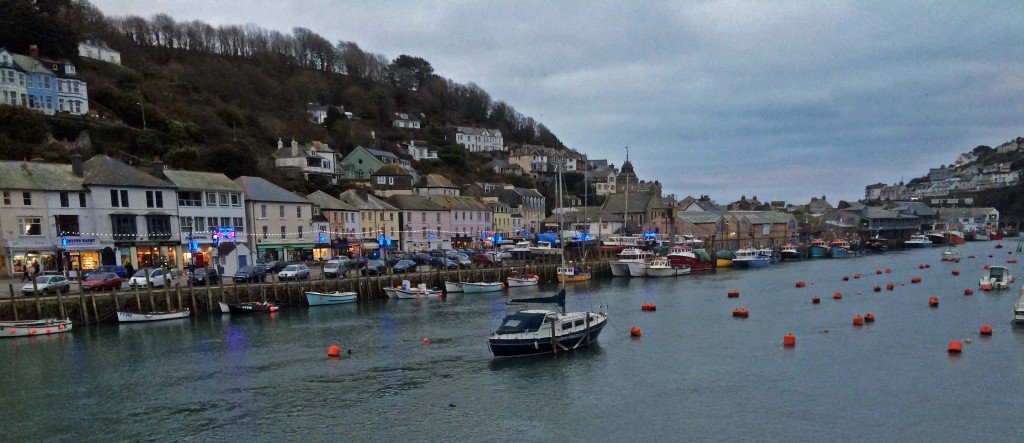
Looe is a lovely little fishing village that straddles the Looe River. At dusk we walked off to find a pub for dinner.
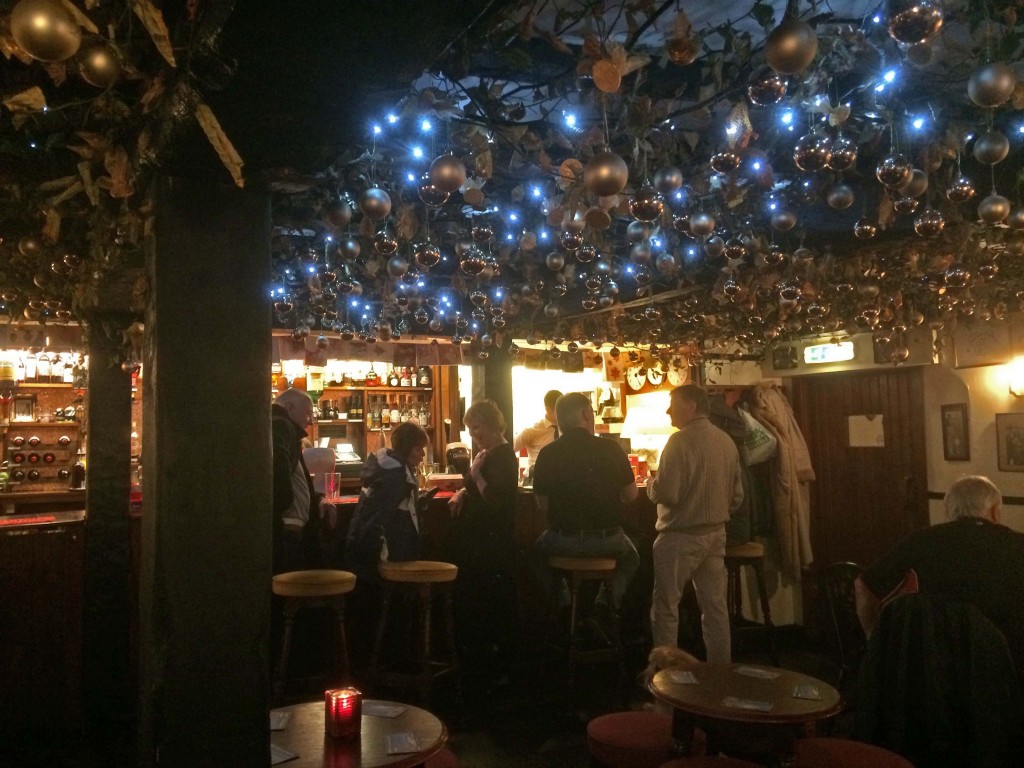
Same pub on the inside. We sat by a nice cozy fire and waited for dinner to be served at 6:30. Many places here don’t start serving food until 6:30 or 7:00.
Bless those kids of ours, who had sent us gifts to each of the places we were staying and in one package was a kite! Mostyn, an enthusiastic kite flyer, could not wait to fly his new toy, so the next day we headed as far west as we could go and ended up in Port Isaac, a tiny western coastal town, whose claim to fame is that is where they film the TV series Doc Martin. So in addition to exploring the places we recognized from the show, we found a ‘public footpath’, through pastures ankle deep in mud up to the cliffs to fly his kite.
It was an especially beautiful day and, due to the holiday, things were pretty sleepy, meaning we were not battling traffic or crowds.
We spent Christmas day mostly on the road traveling back home, where we had a wonderful time with dear friends playing games and eating a lovely traditional English Christmas dinner–a nice ending to our holiday!
The next day Mostyn’s sister Nancy, and her husband Peter, met us at a nearby beach where some of Peter’s family have the annual tradition of taking a Boxing Day Dip in the Sea! It was a nasty, wet and cold day, but they braved it. Needless to say we did not take part, but very happily hosted Pete, Nancy, and dog, Lottie for the night, our first overnight guests!:)
We flew to Scotland on the 30th, arising very early to get the train from here to Gatwick then on to Glasgow, a quick 1 1/2 hour flight. We were met by my cousins who graciously hosted us and drove us around the area in which my grandfather grew up and where they still live, Dunoon.
Scotland celebrates New Year’s Eve with a tradition called Hogmanay. They are known to party through the night and into the next day, necessitating that January 2nd is also a holiday in Scotland! My family was a bit more subdued, but it was a fun time and a pretty late one for us, used to going to bed at 10pm. We learned some interesting things about the history of the family and had many wonderful conversations with relatives of all ages. Though it did not snow, it hailed so hard one day that it looked like snow and it was much colder than here.
Our trip home was good, though we very nearly missed our train, as the flight was late due to a missing passenger, who we think was to occupy the seat next to us, who never turned up, so they had to remove their luggage, which delayed us getting into Gatwick. So we saw first hand how seriously they take the policy of you fly with your luggage!
It is good to be back in West Sussex, with familiar surroundings and our normal schedule and routine. Life is simple for us and we like it. We may actually consider replacing only one of our cars when we come back???
Mostyn has a lot to do between now and July, when the classroom part of his course will be complete. He will then work through the summer finishing his research and writing of his thesis to complete his master’s degree. He works really hard, but is loving it and gaining so much knowledge that will enable him to have some career options beyond just customary clock repair.
We are looking forward to May with great excitement, as all of our kids, and grand kids will be coming for three weeks!! We miss them more than words can express, but stay in touch weekly by phone, text or email. My four year old grandson, Owen, is particularly chatty when we spend time on the phone!
We are hoping to have visits from several other friends and family, and look forward to that as well. I will likely be the chief tour guide, at least during the week. I am feeling more and more confident driving and finding my way around, so not needing Mostyn to take me places anymore.
That kind of brings us up to date and hope and pray for all of you a blessed and healthy 2015.
Cheers,
Debbie
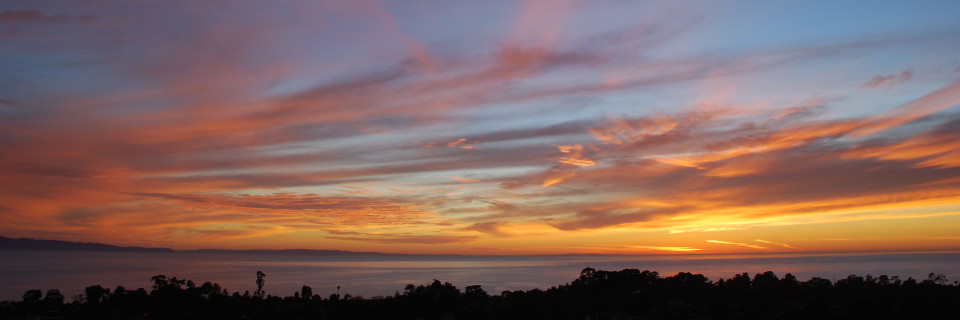

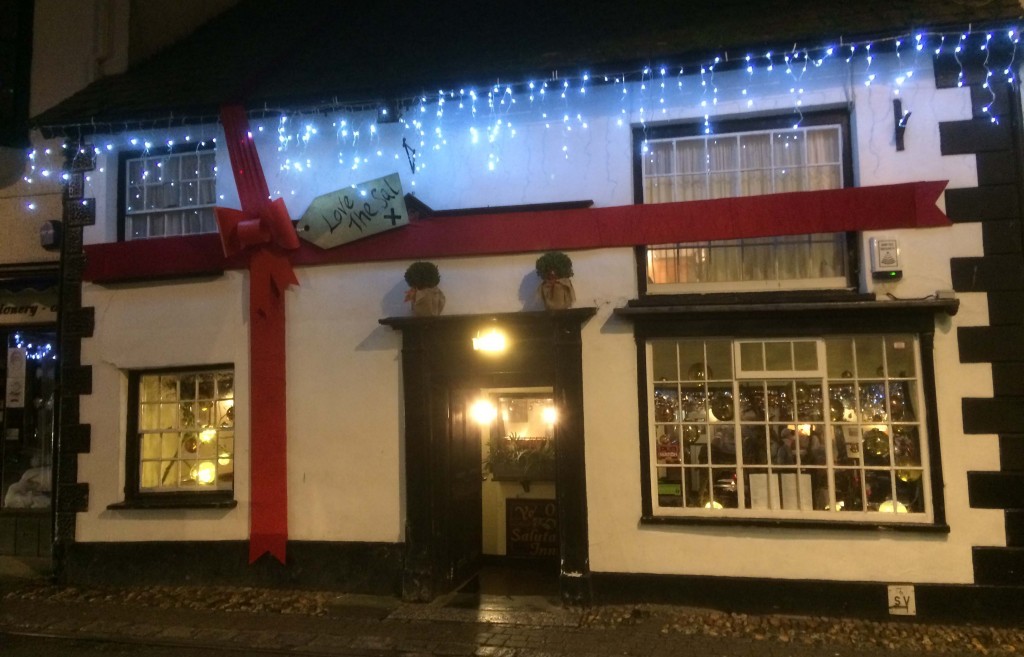

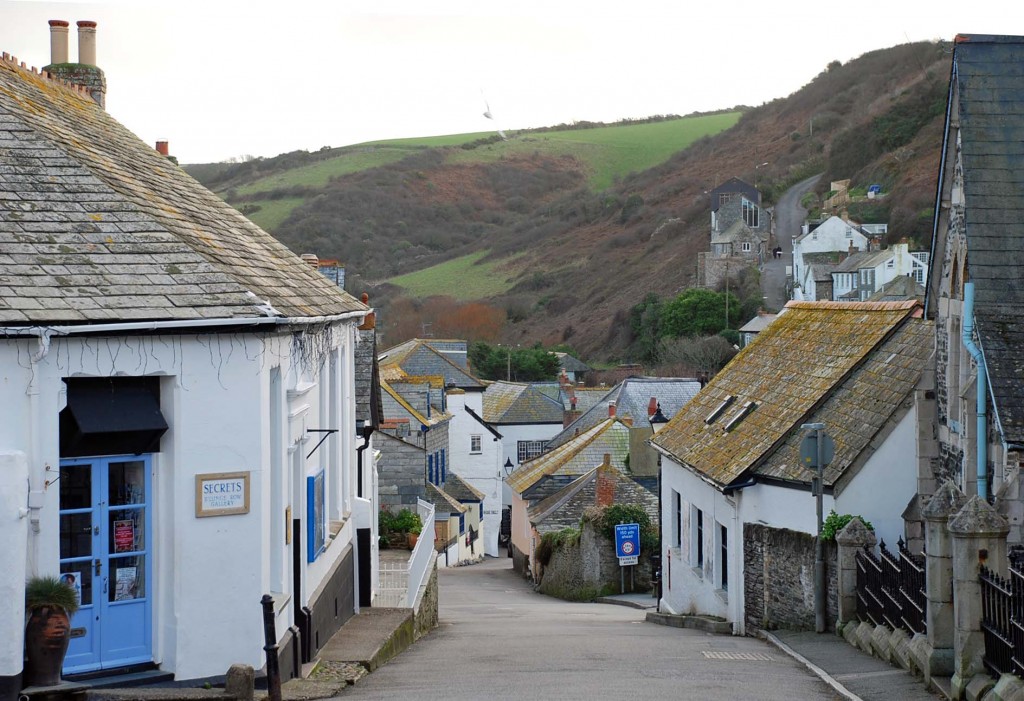
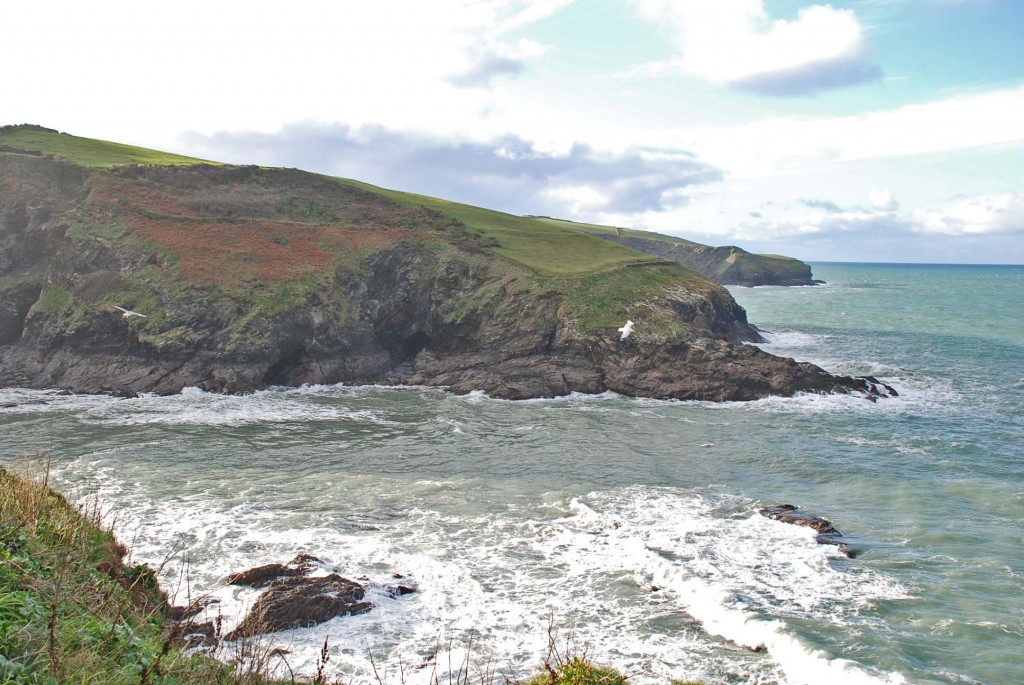
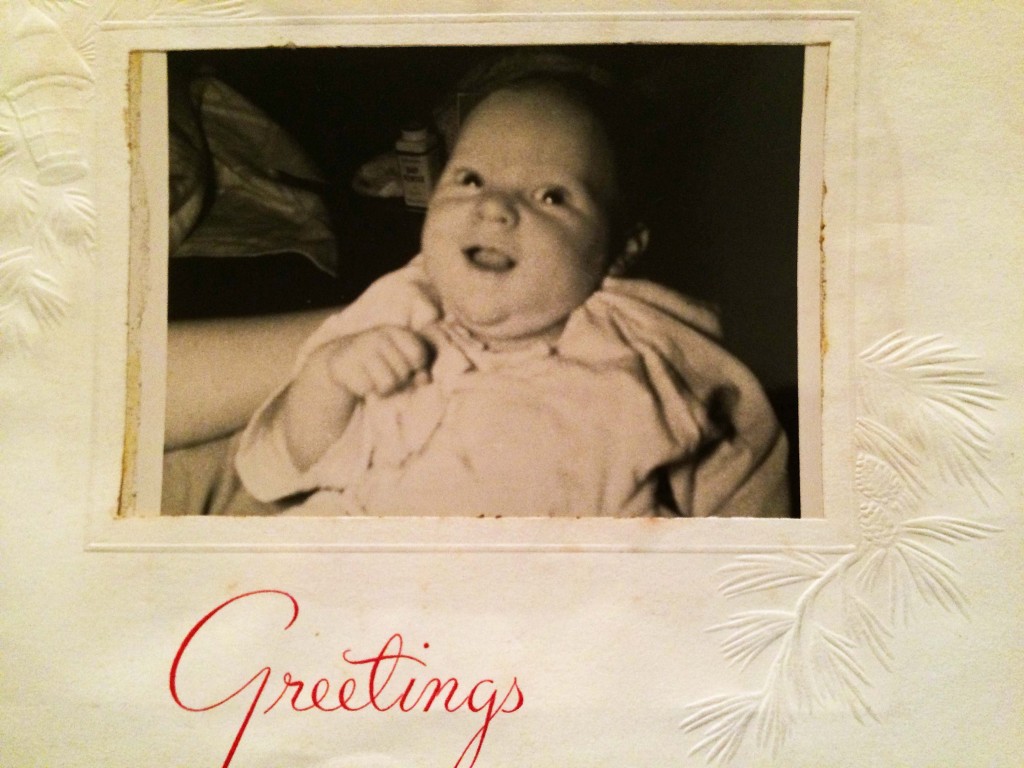
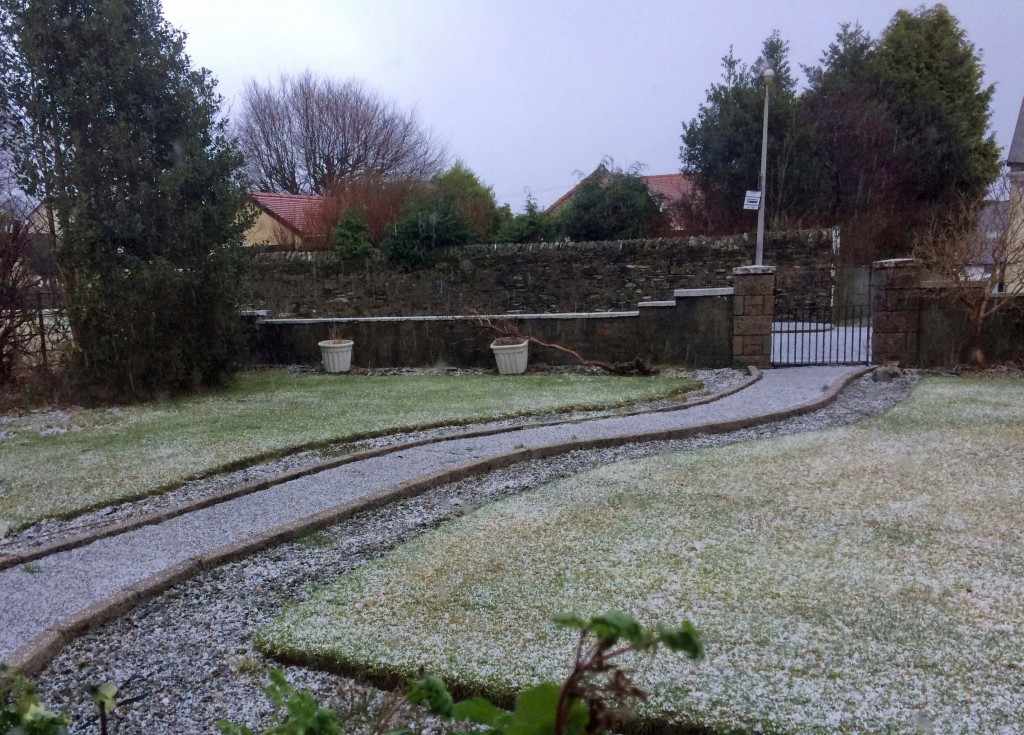

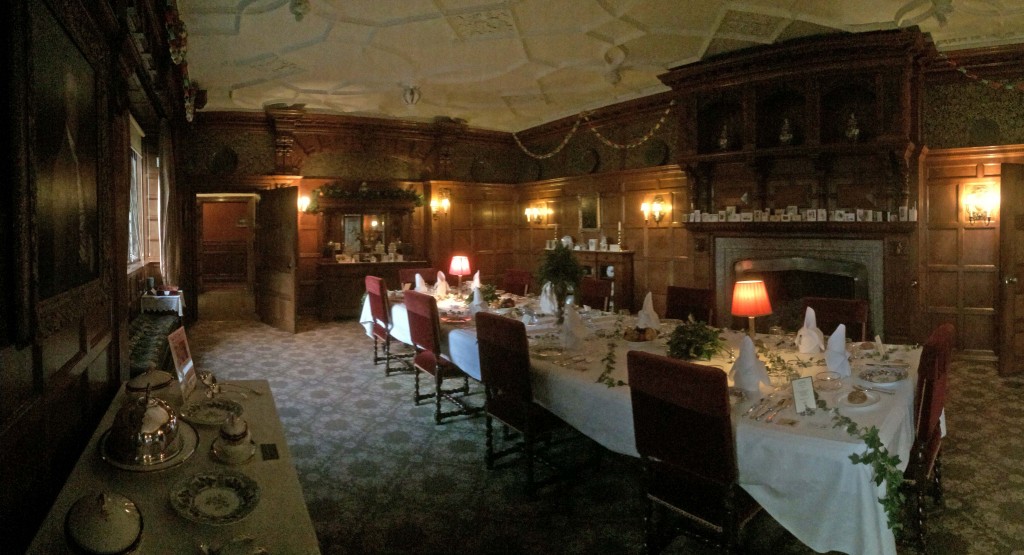
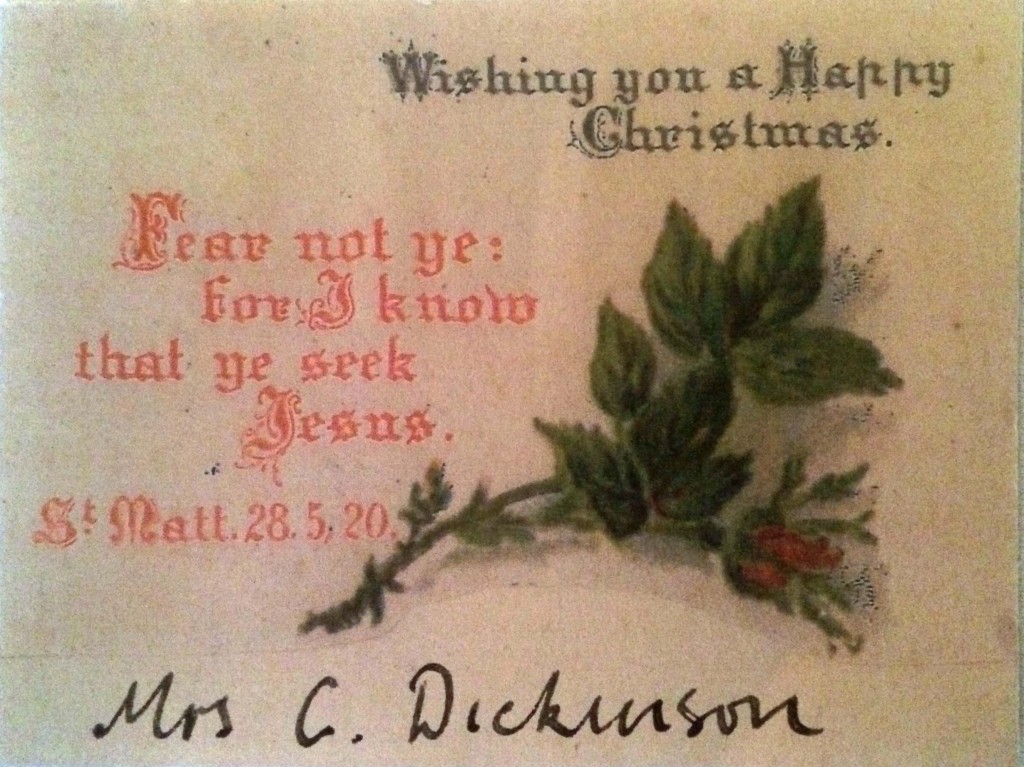
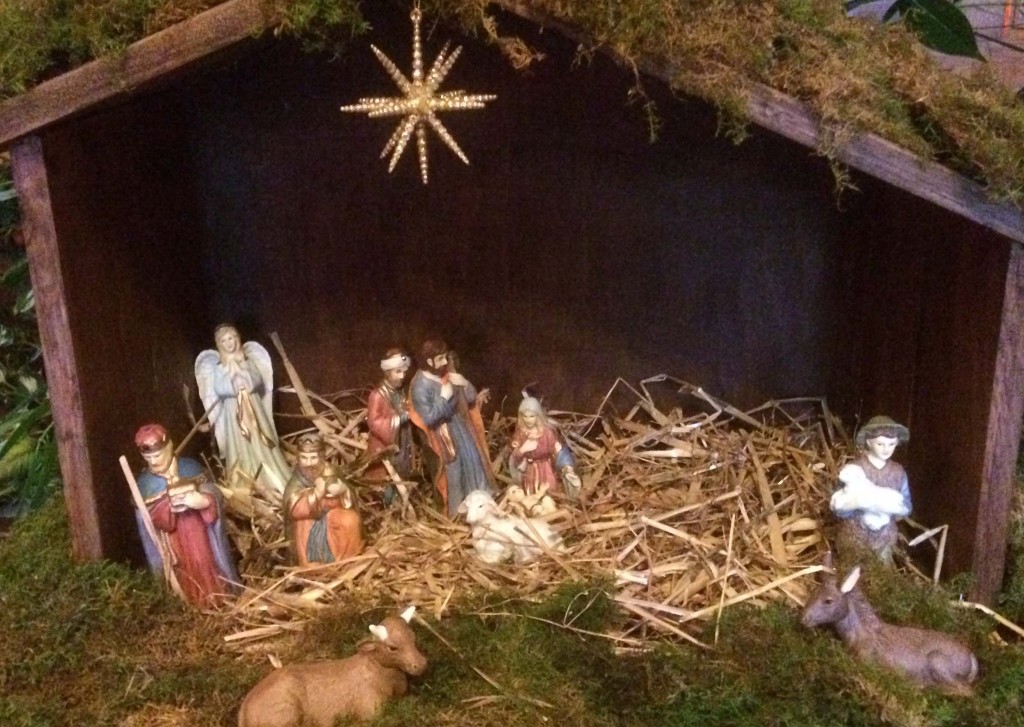

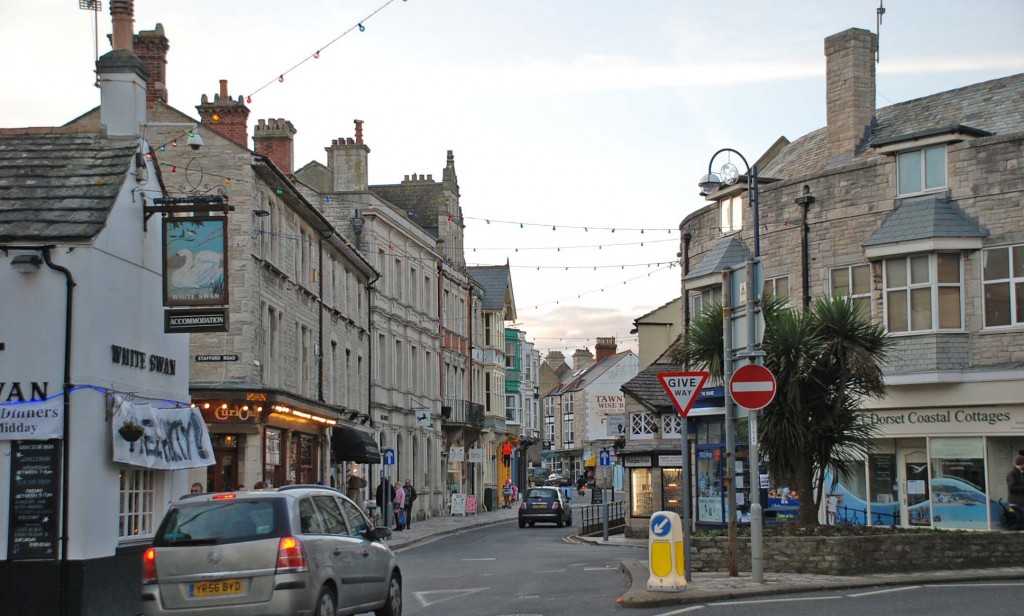

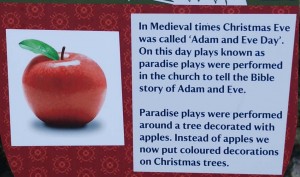
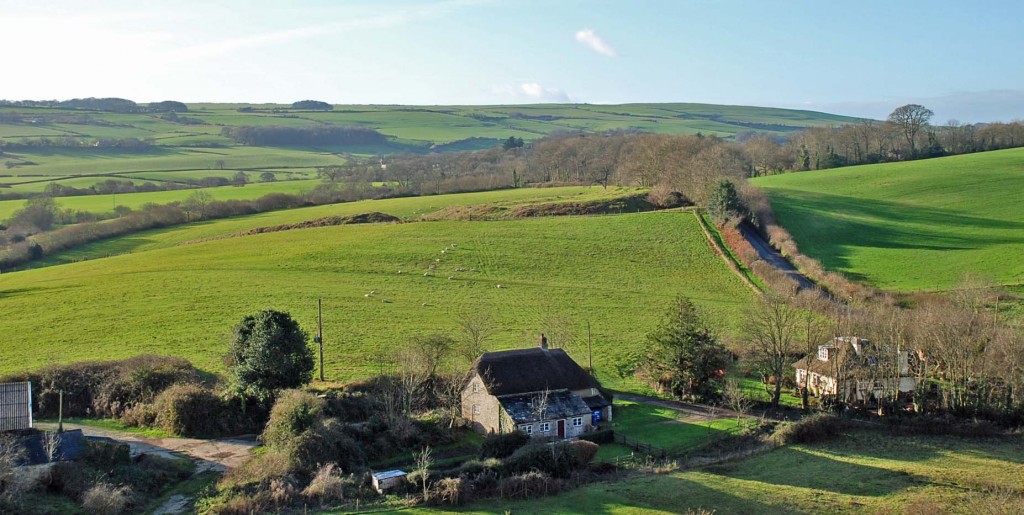
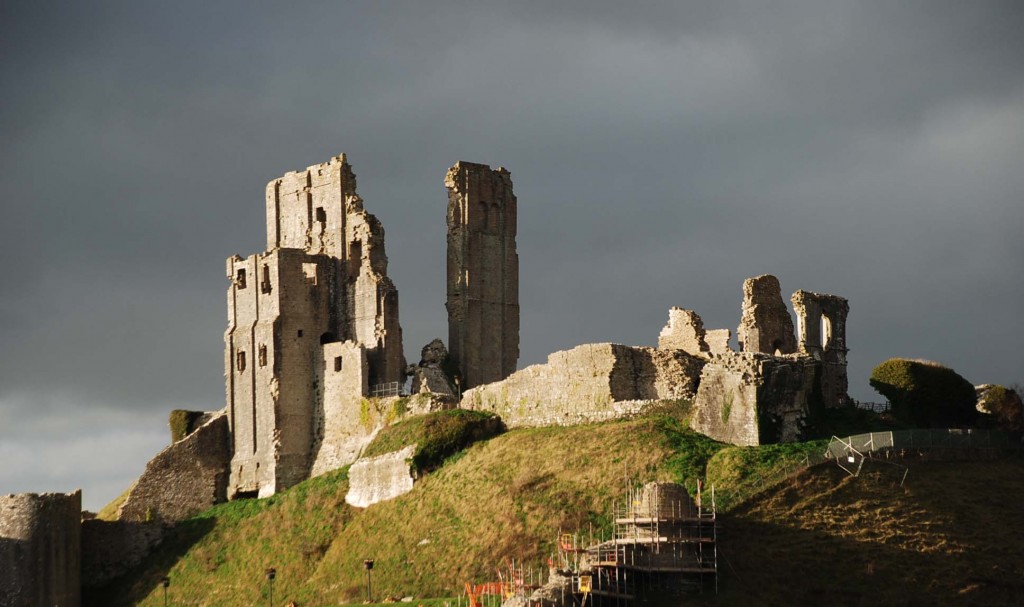
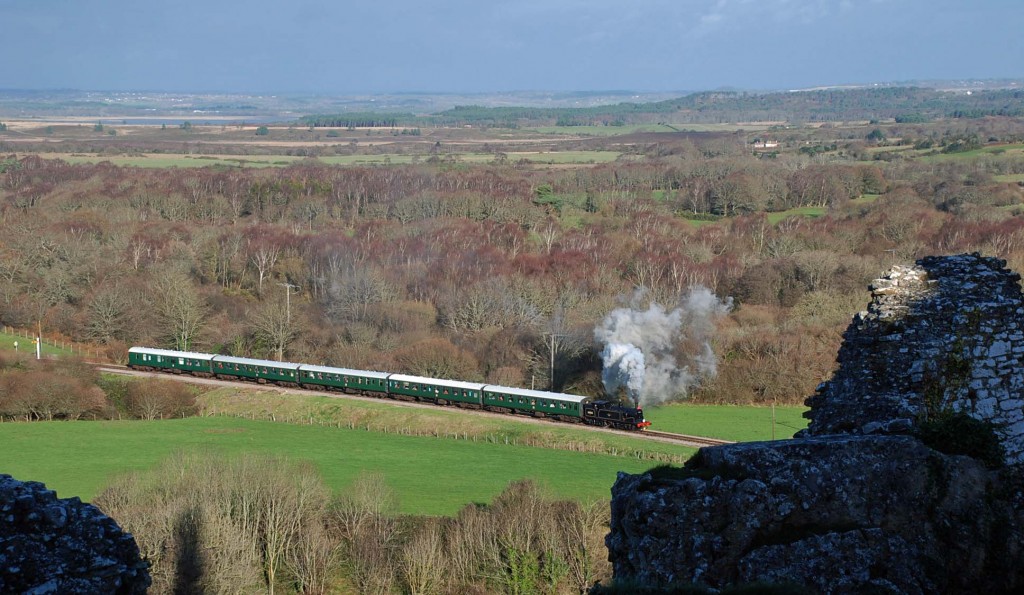
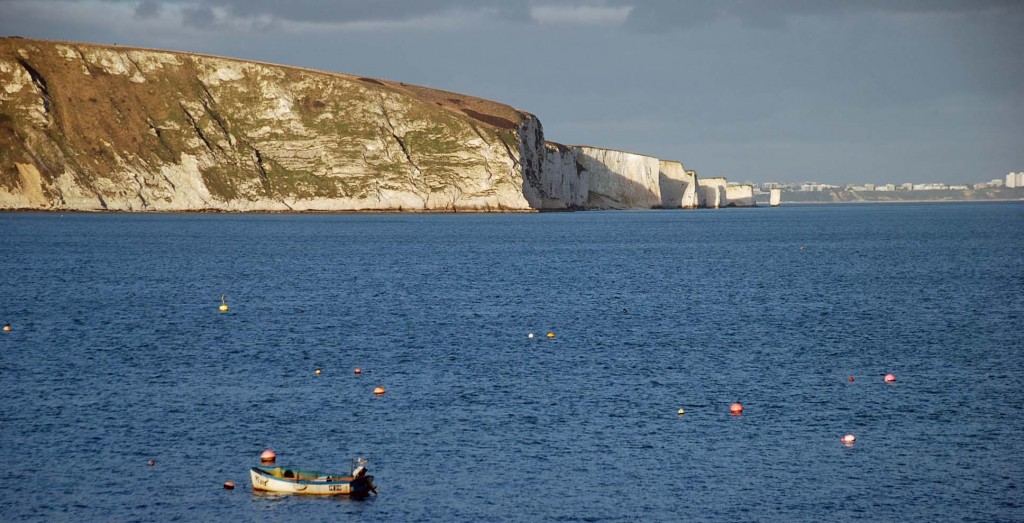

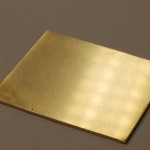

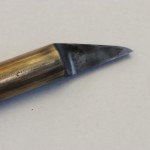
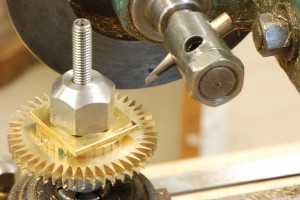
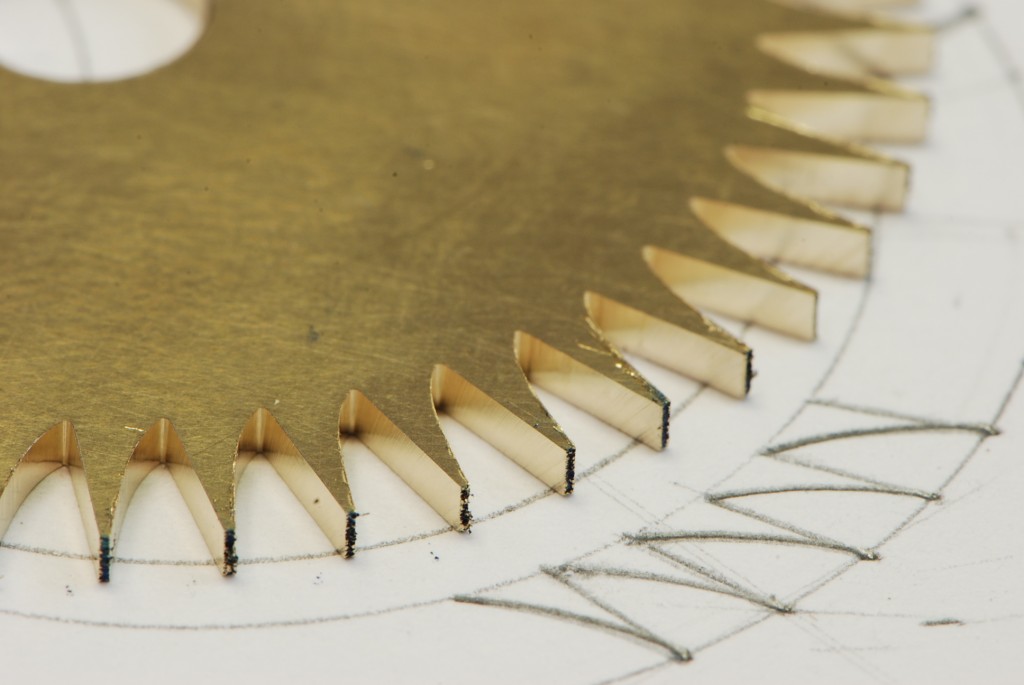

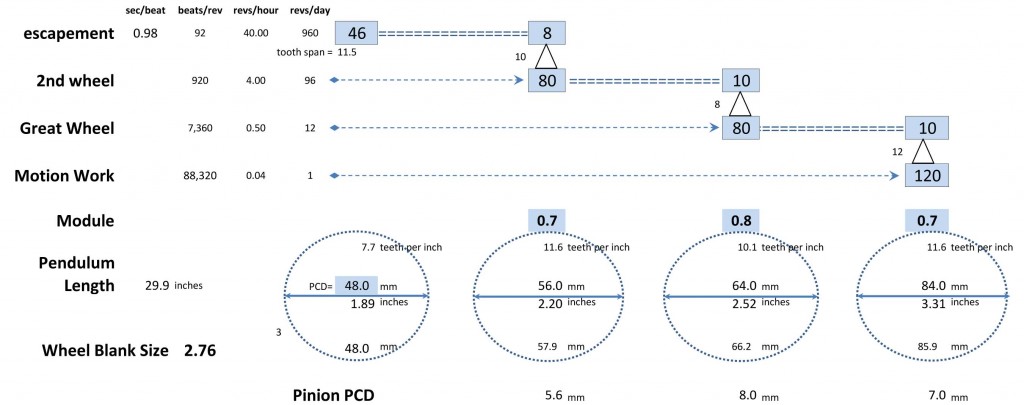
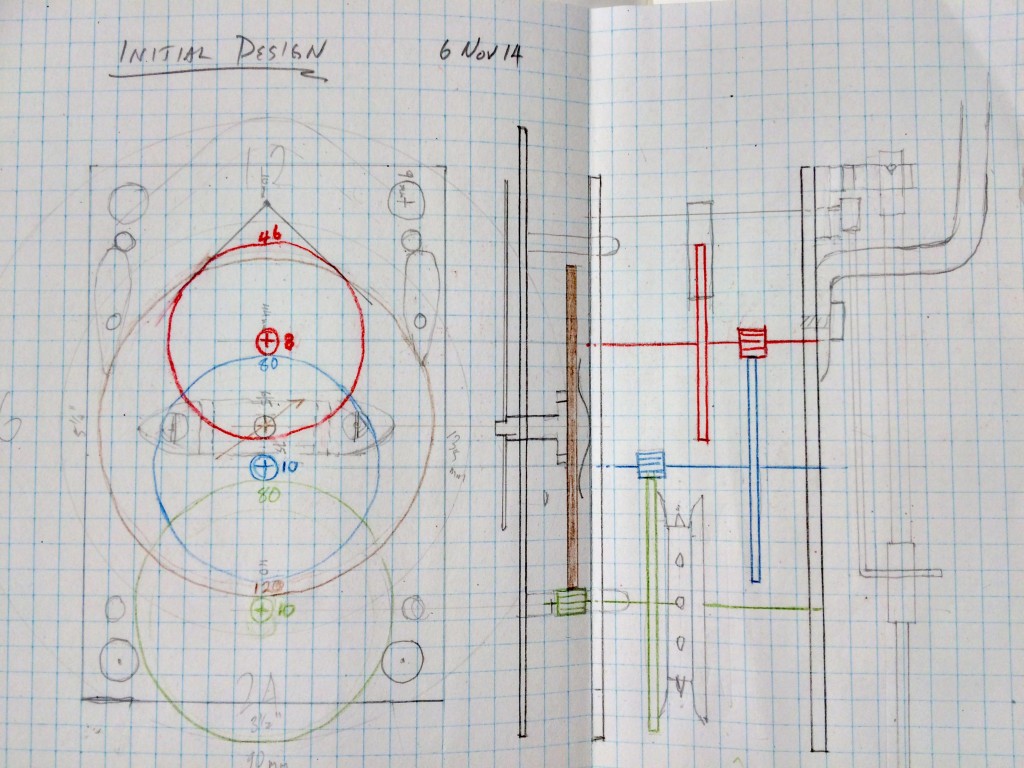
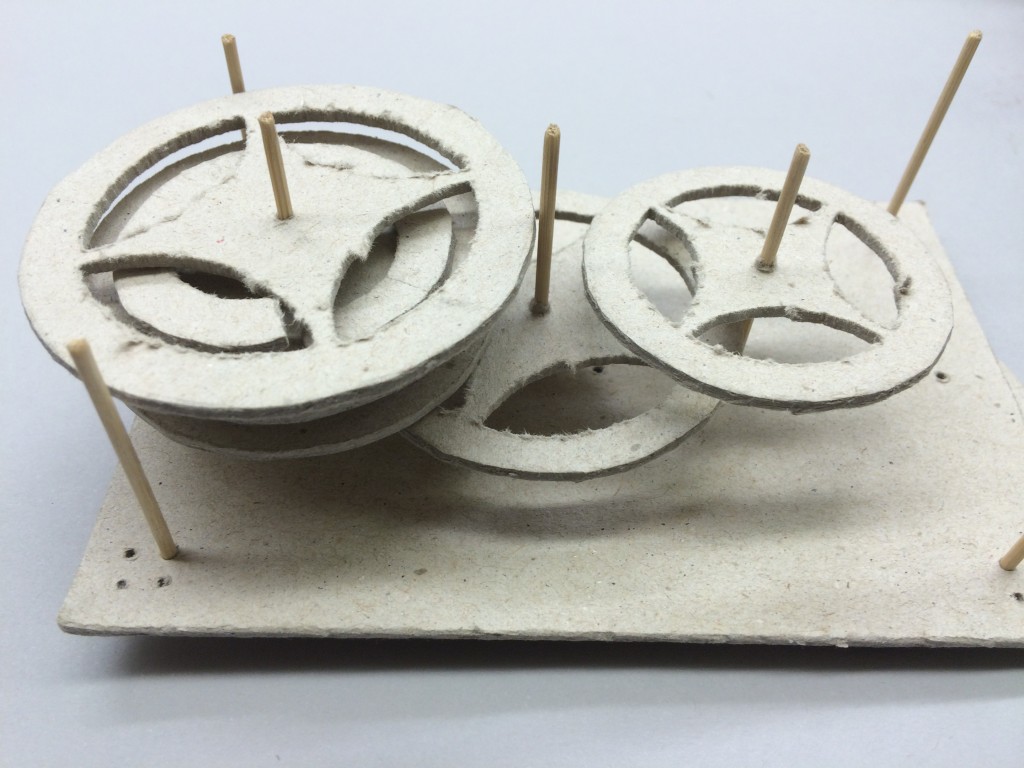
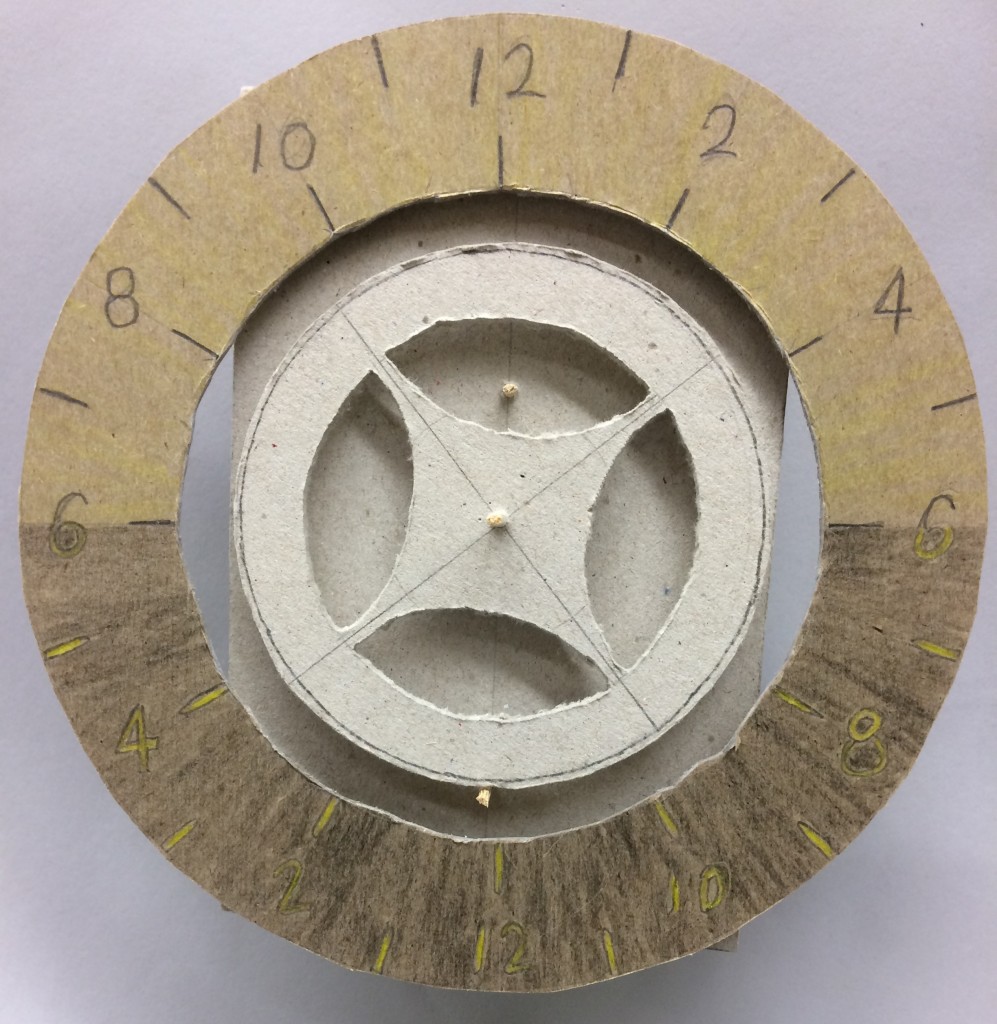


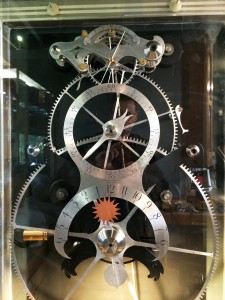
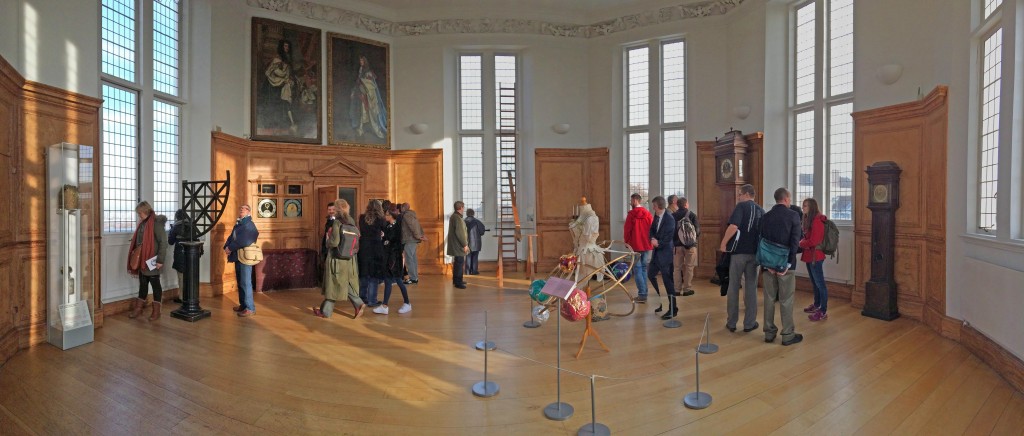


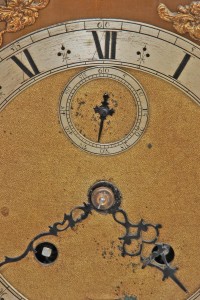
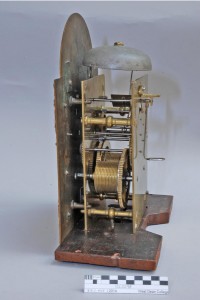
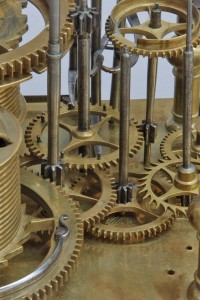
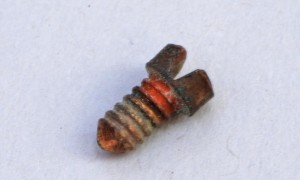
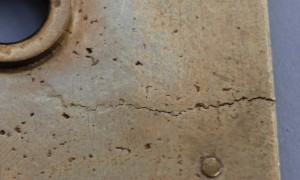
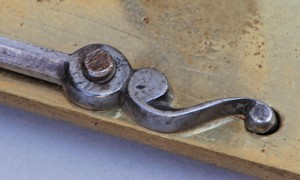
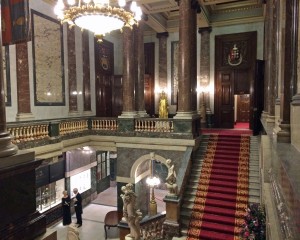
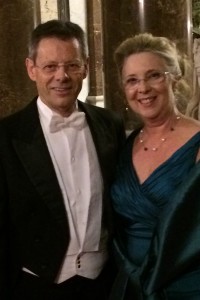


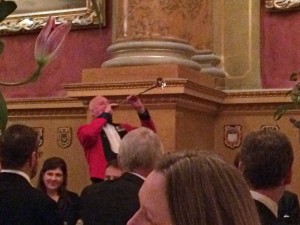
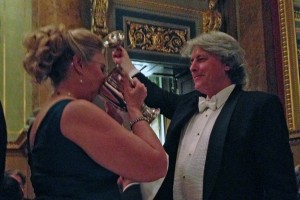

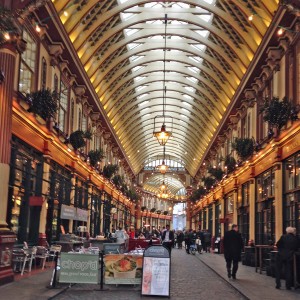

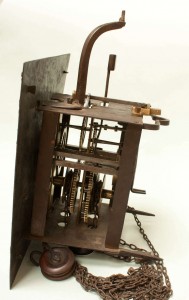
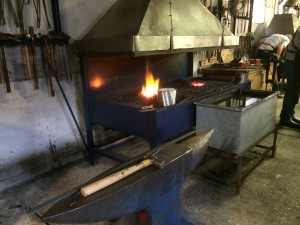
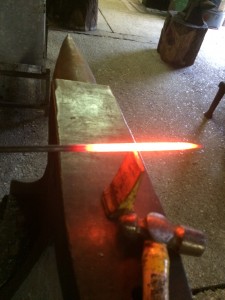
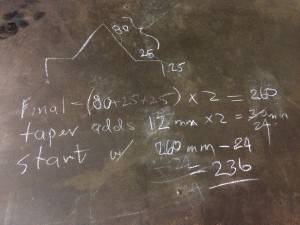
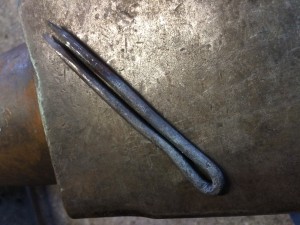
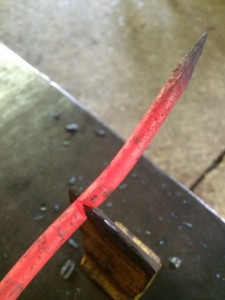
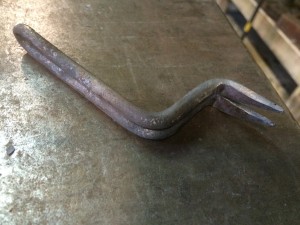
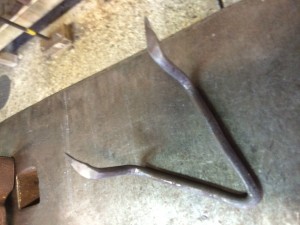
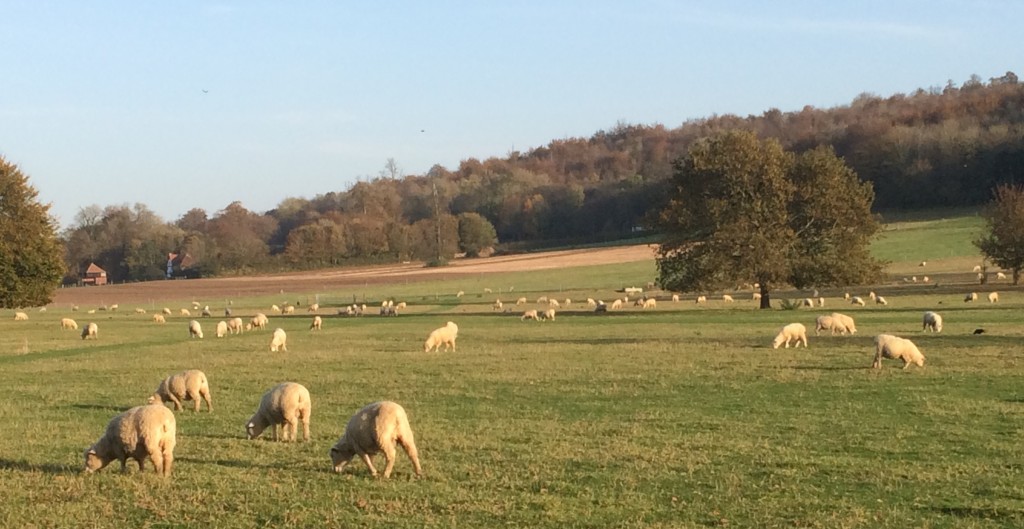
Recent Comments